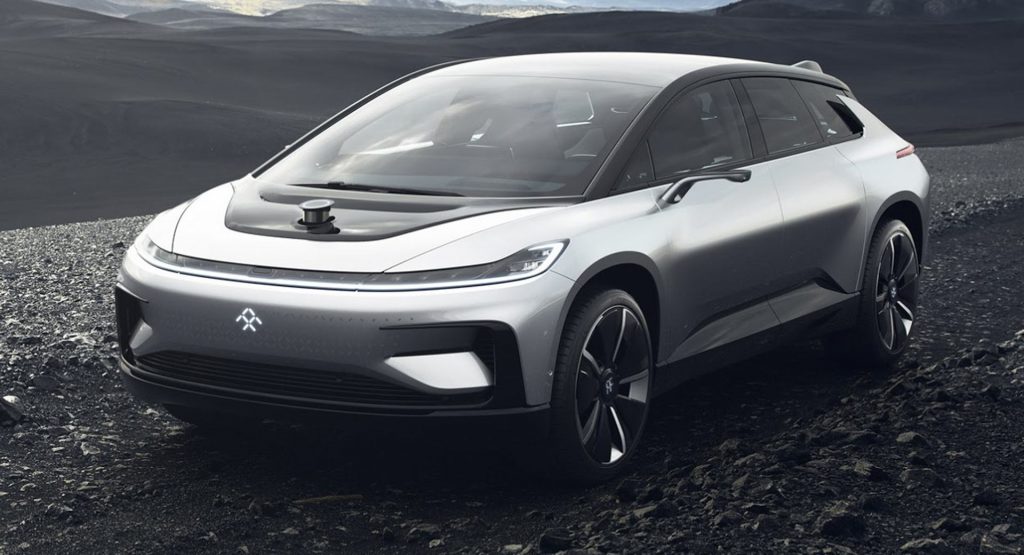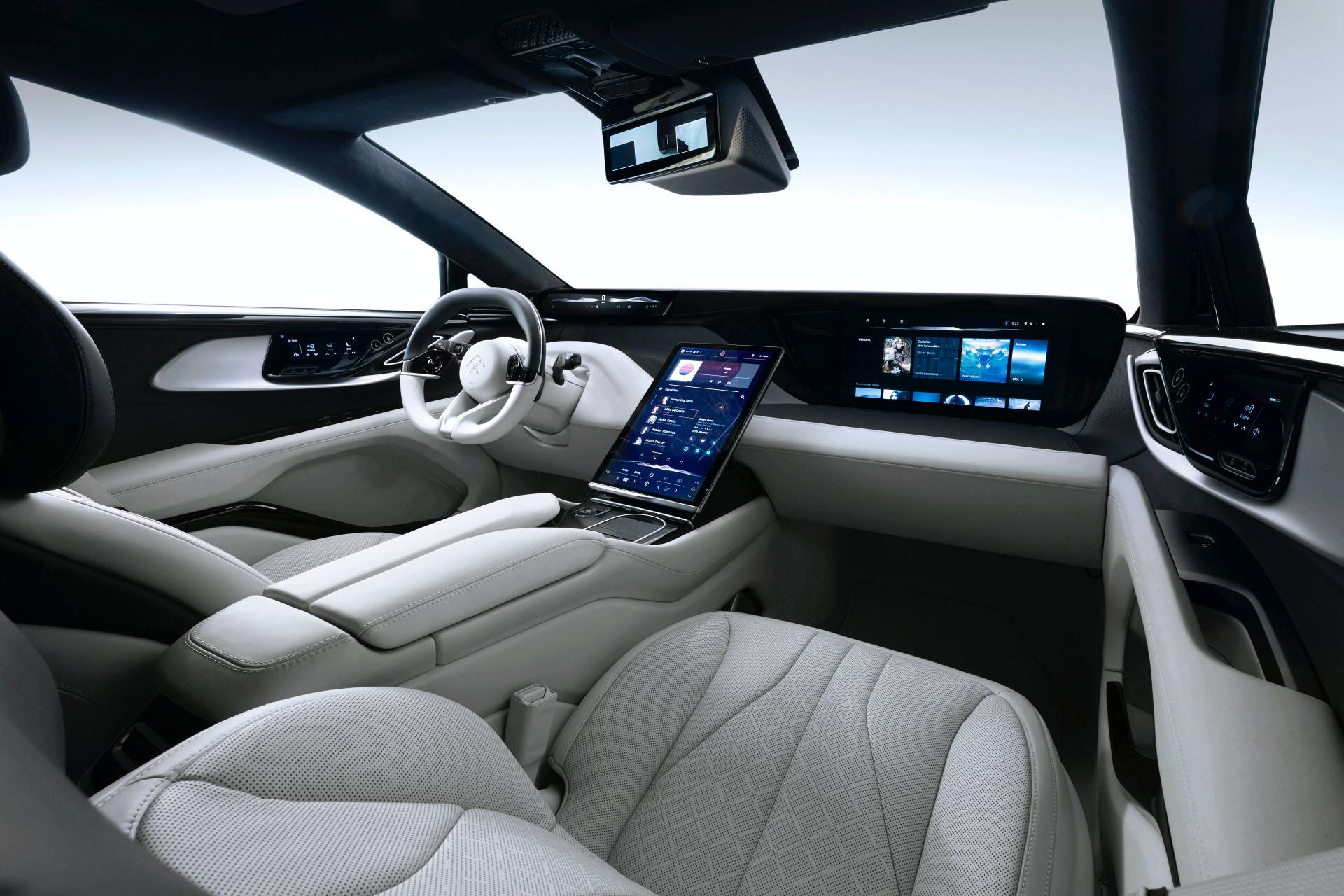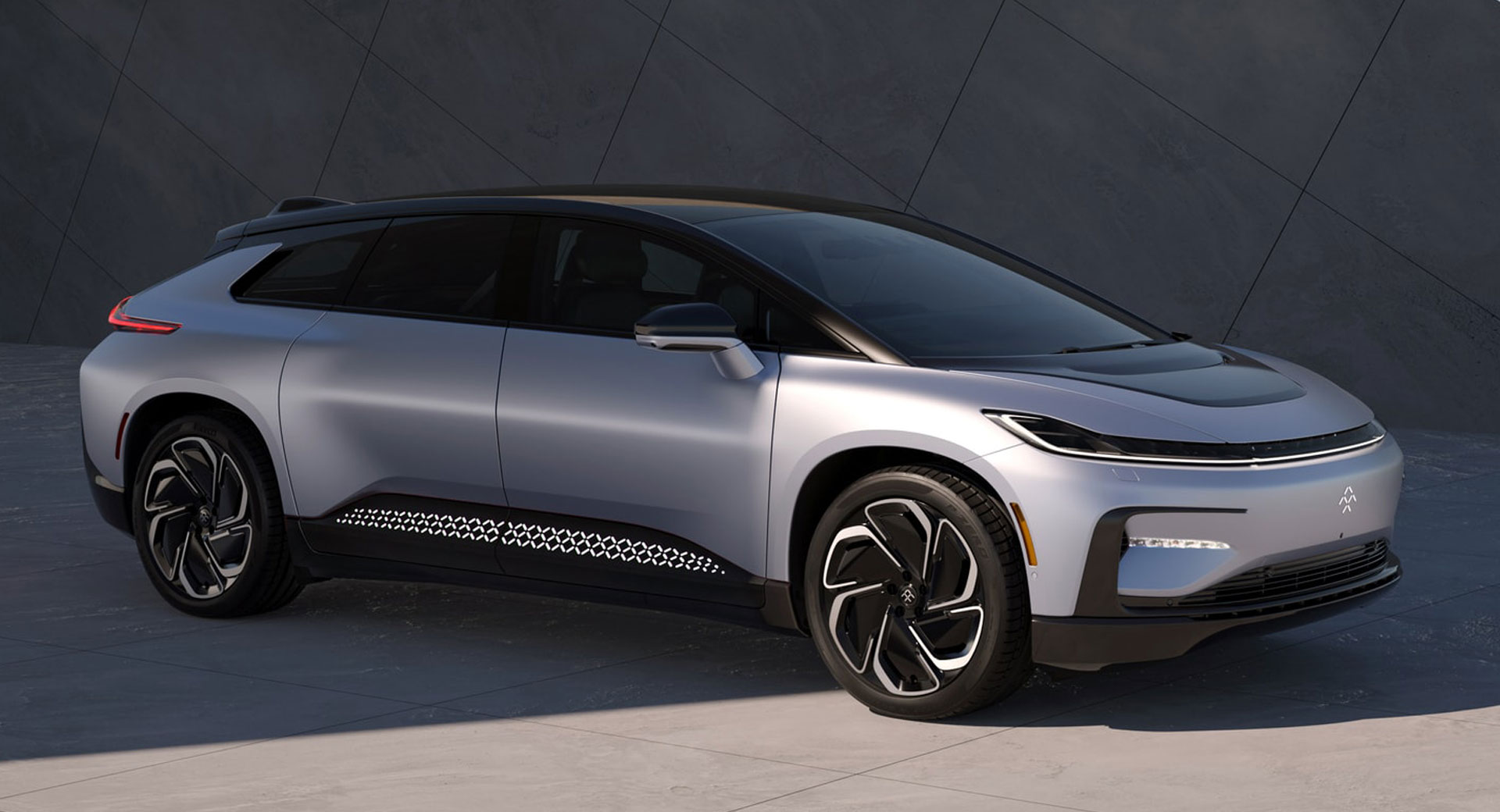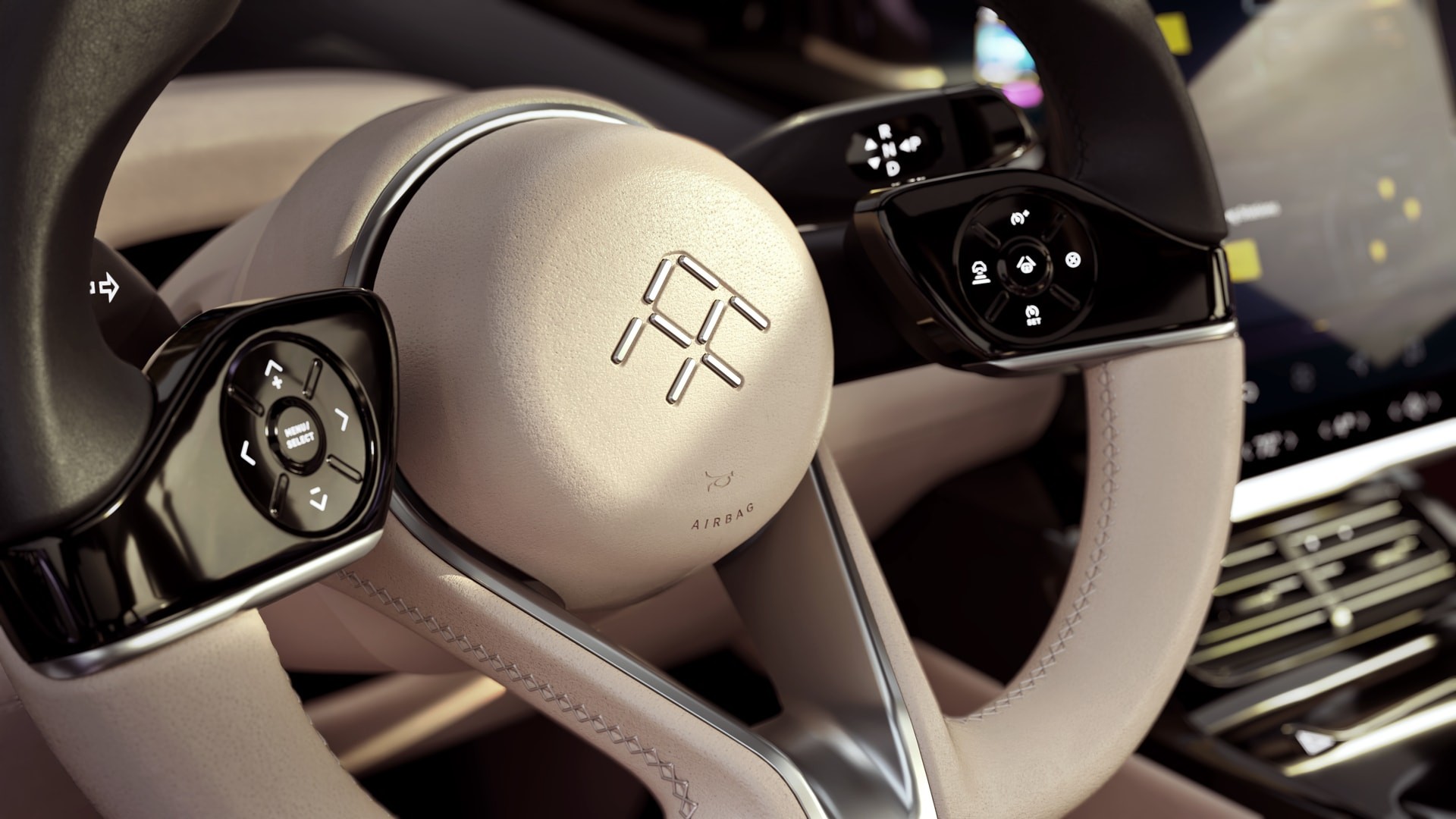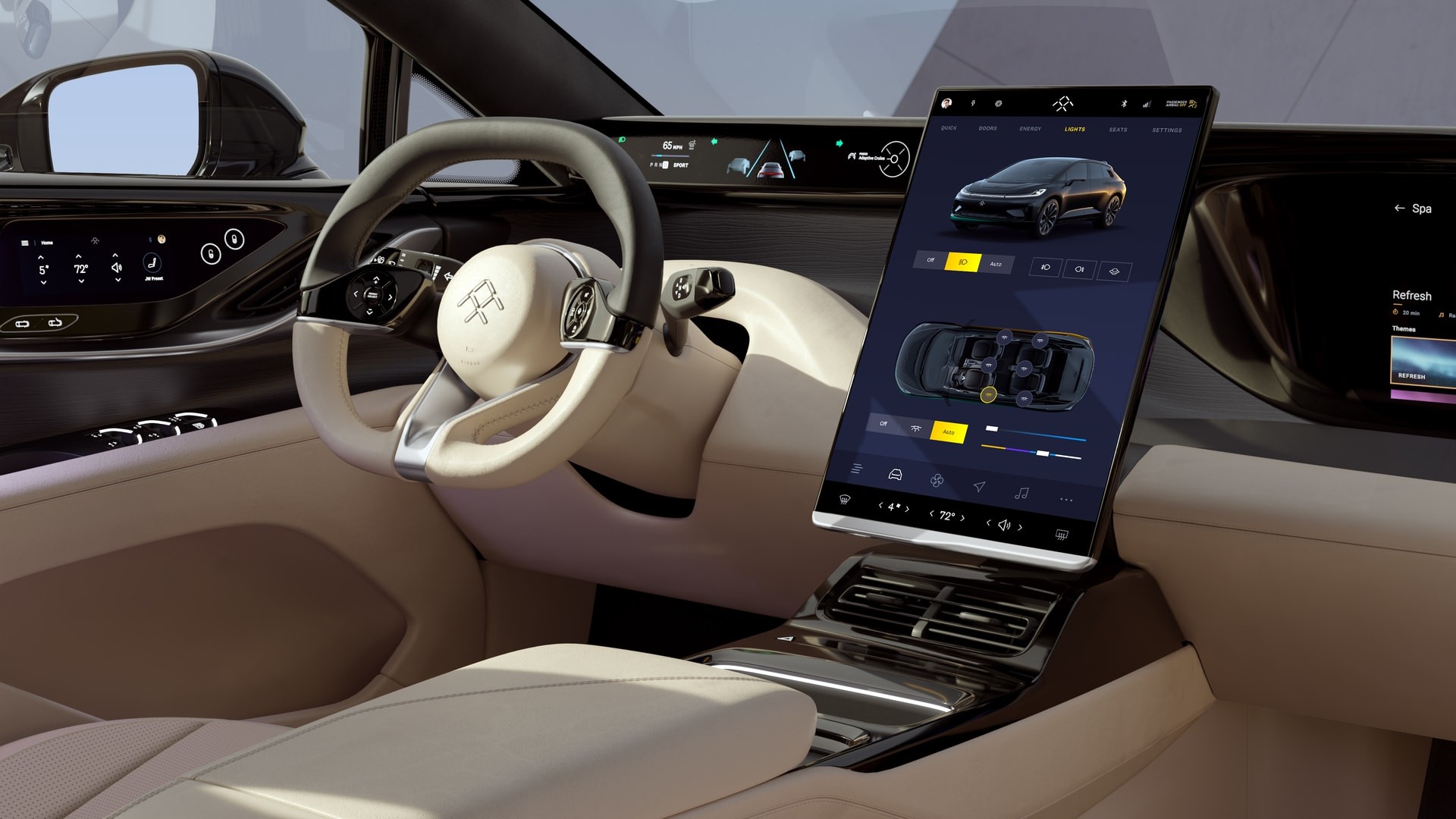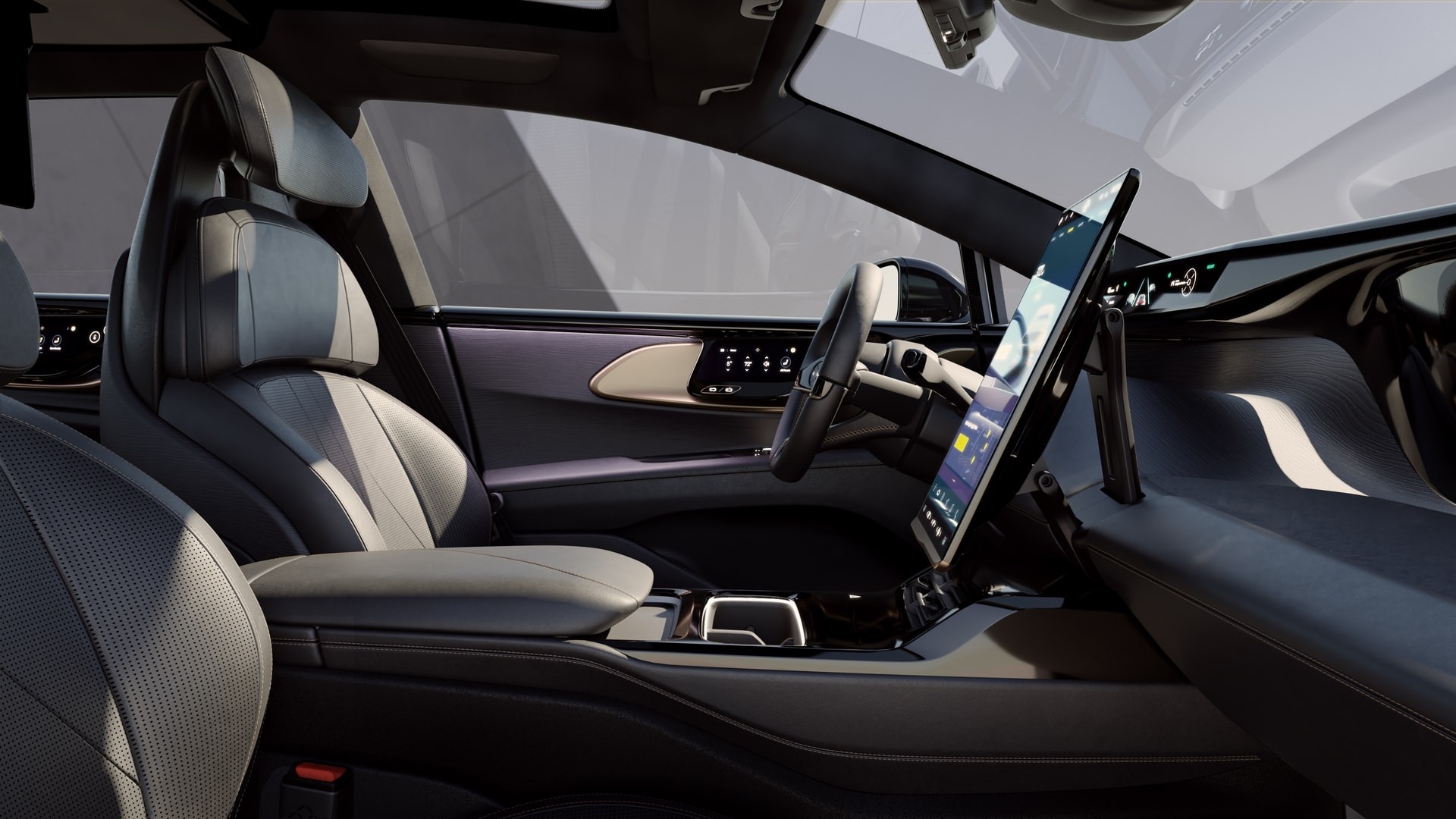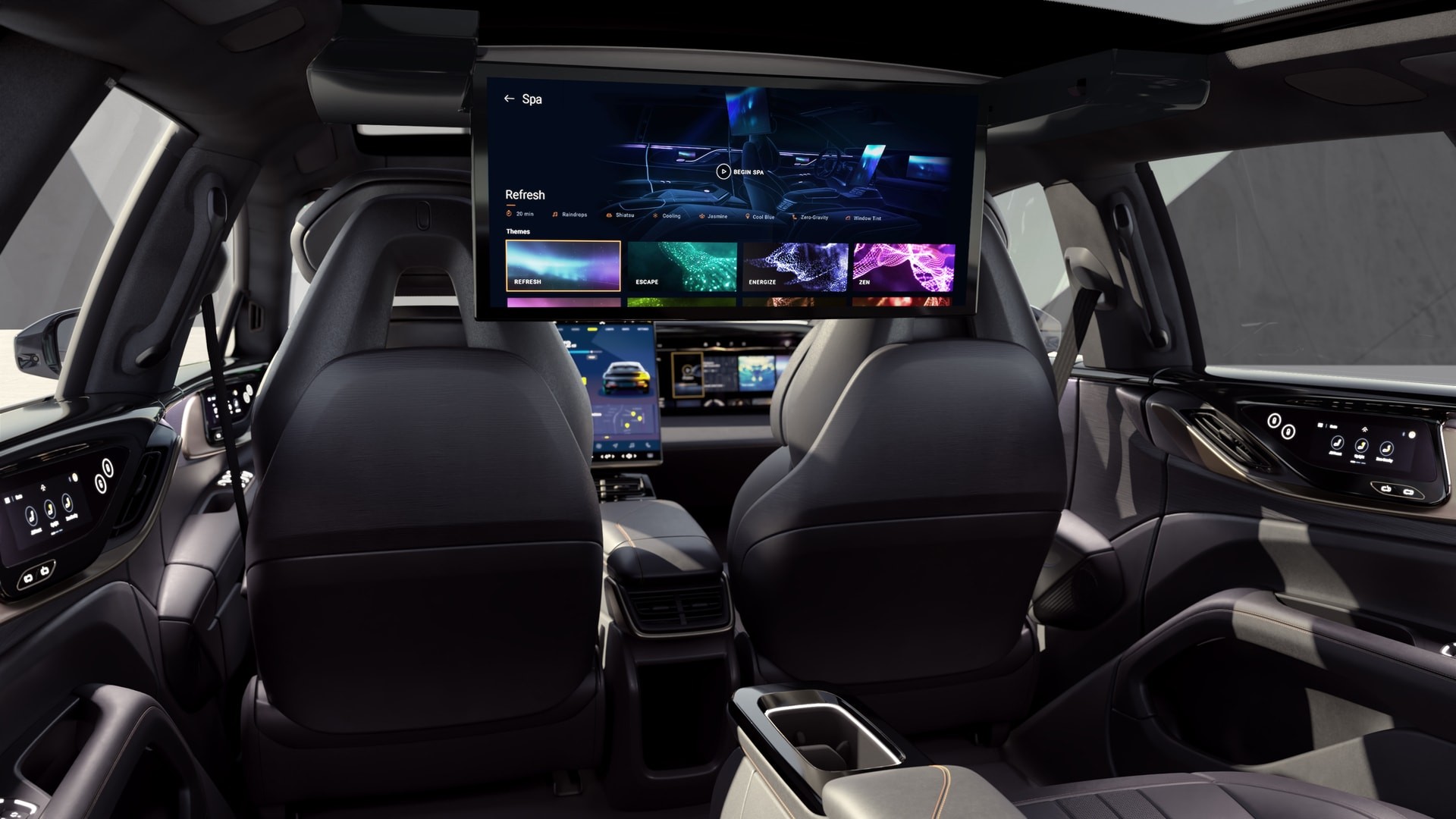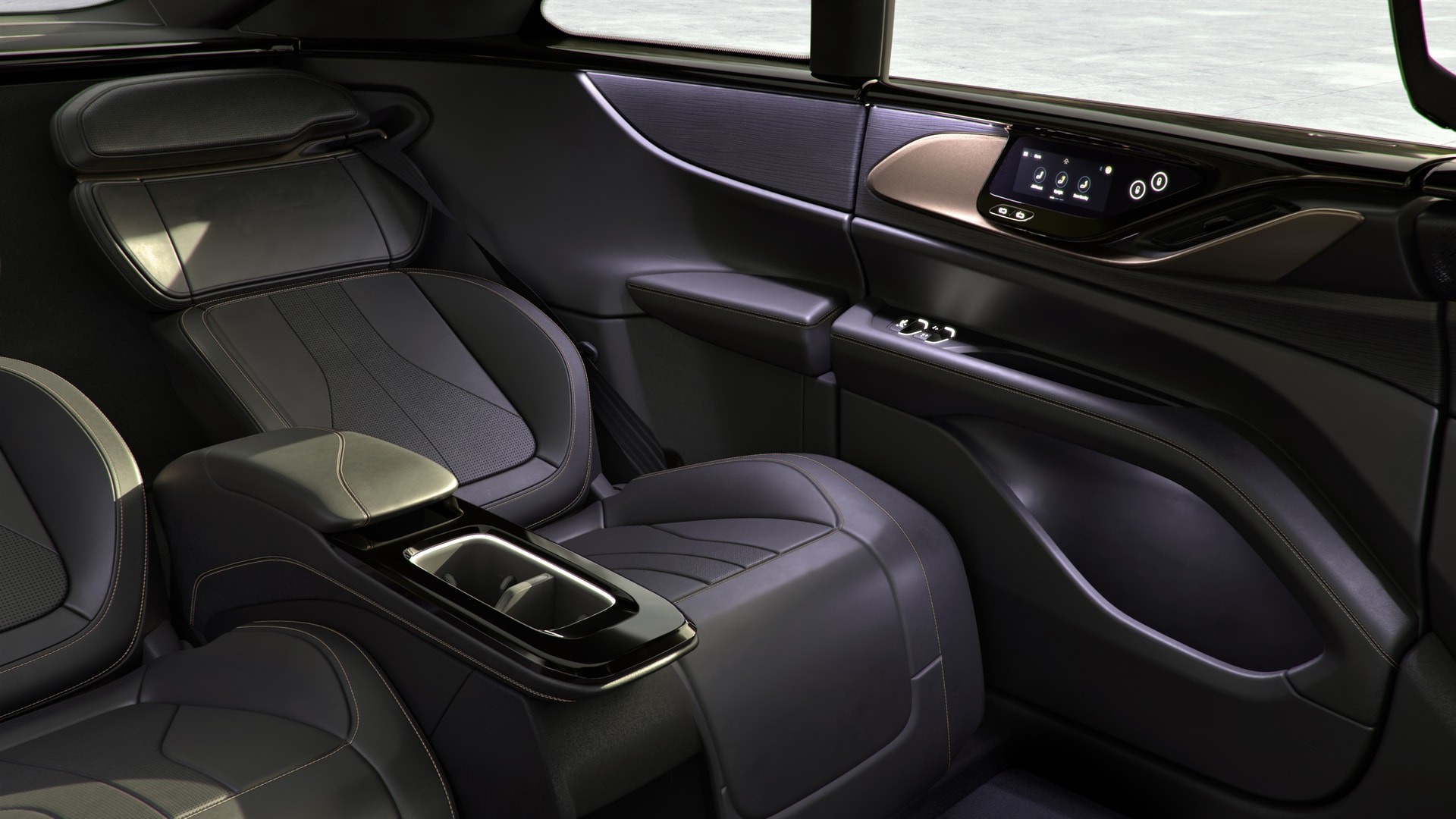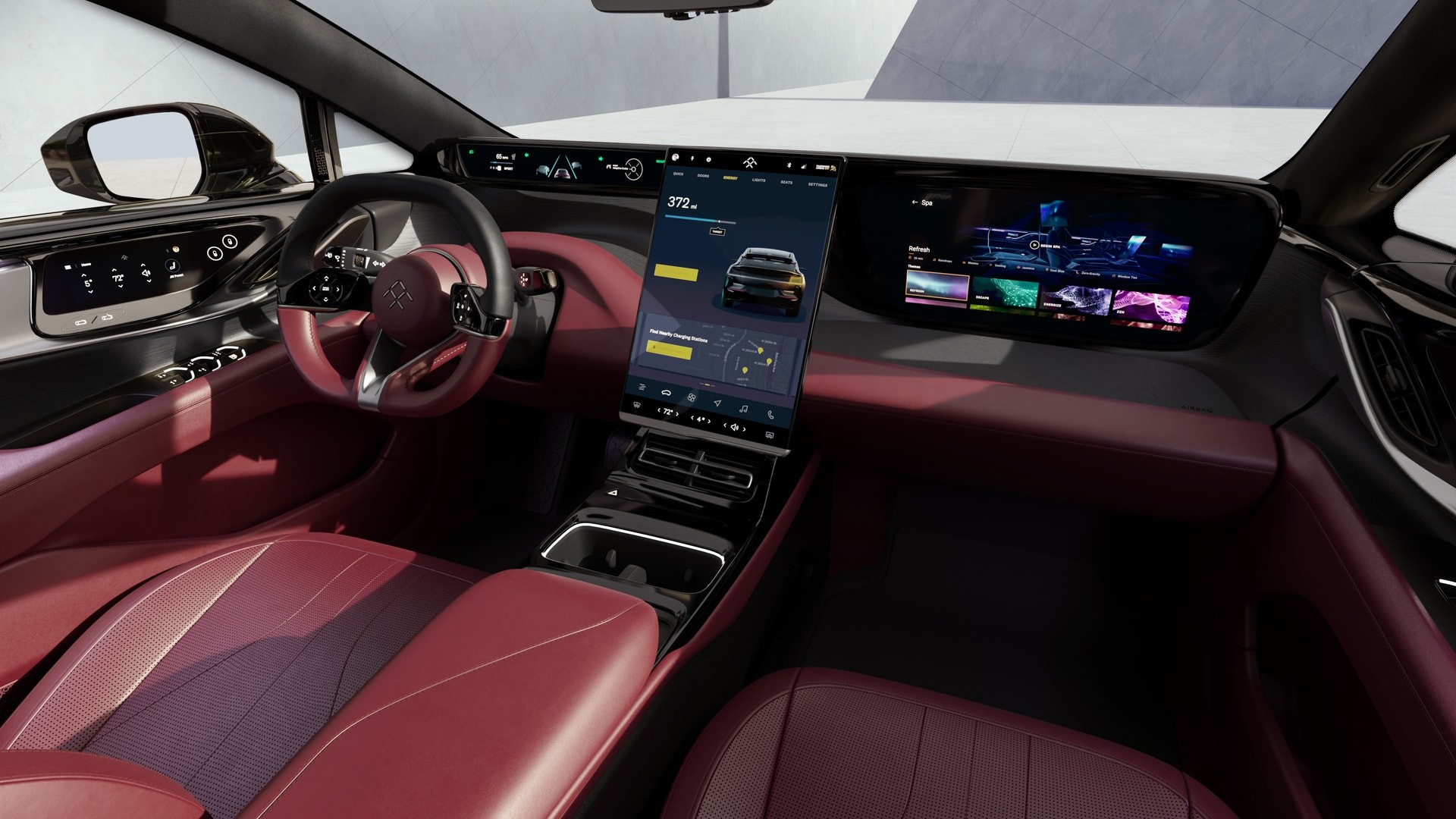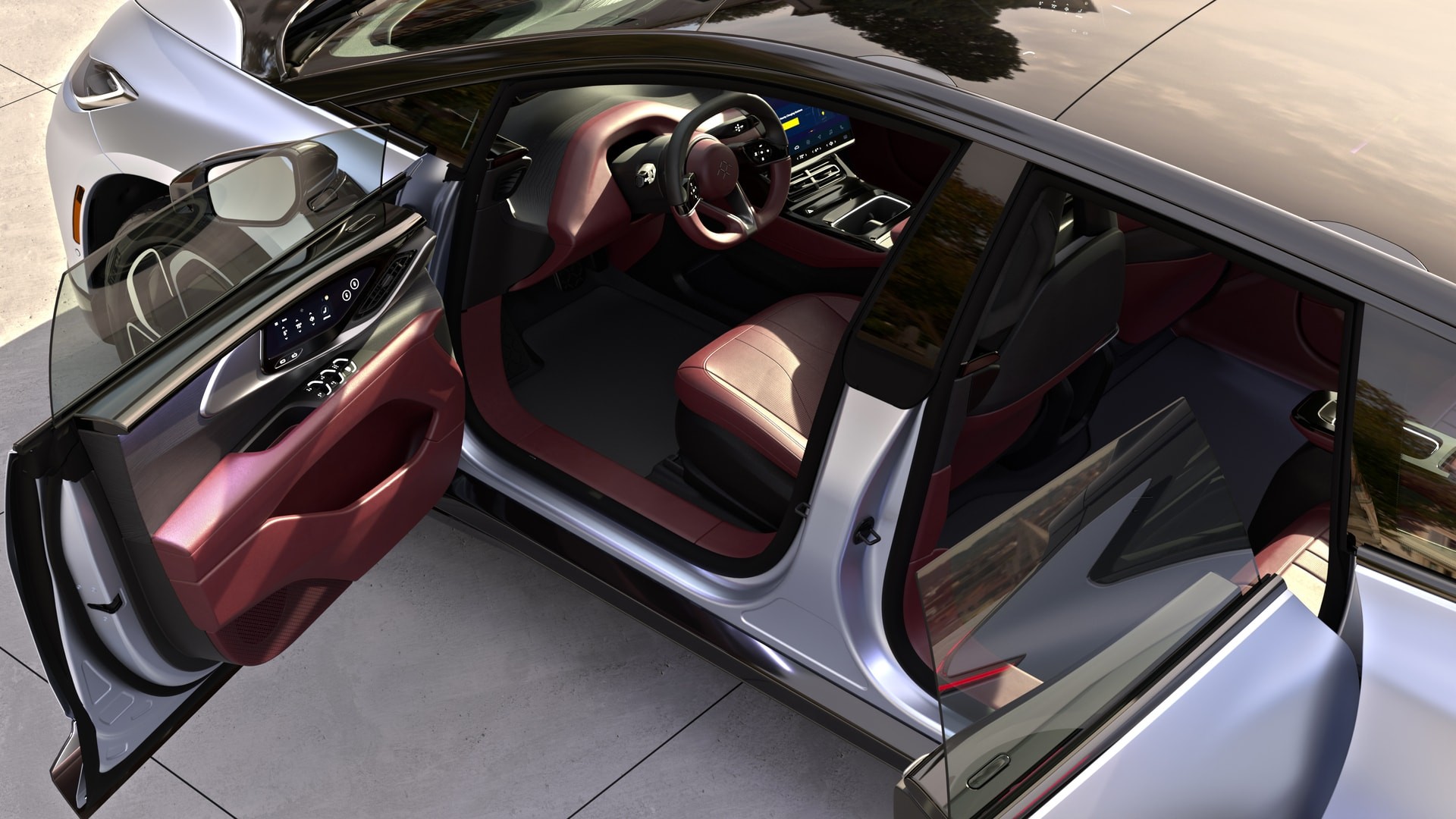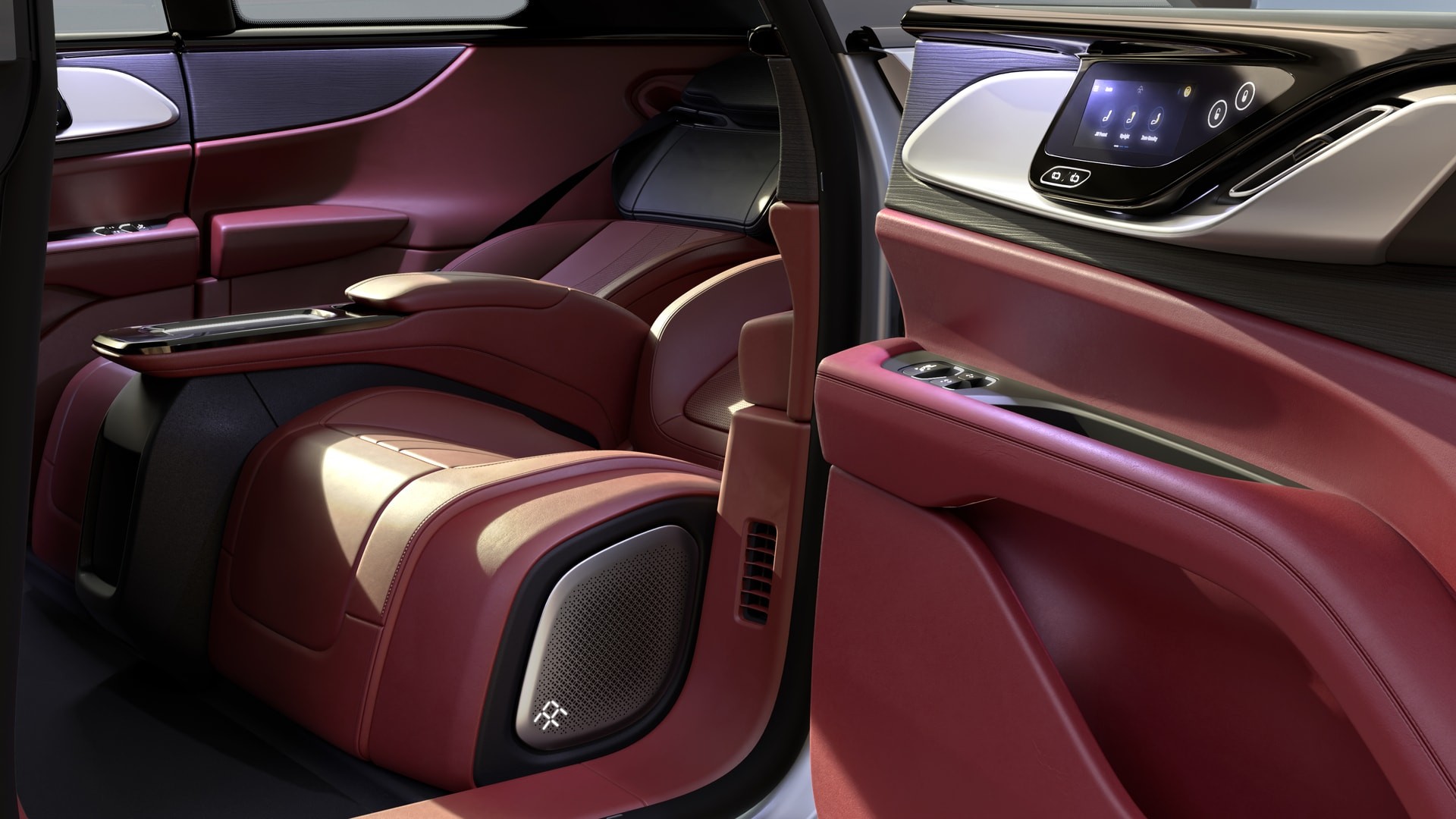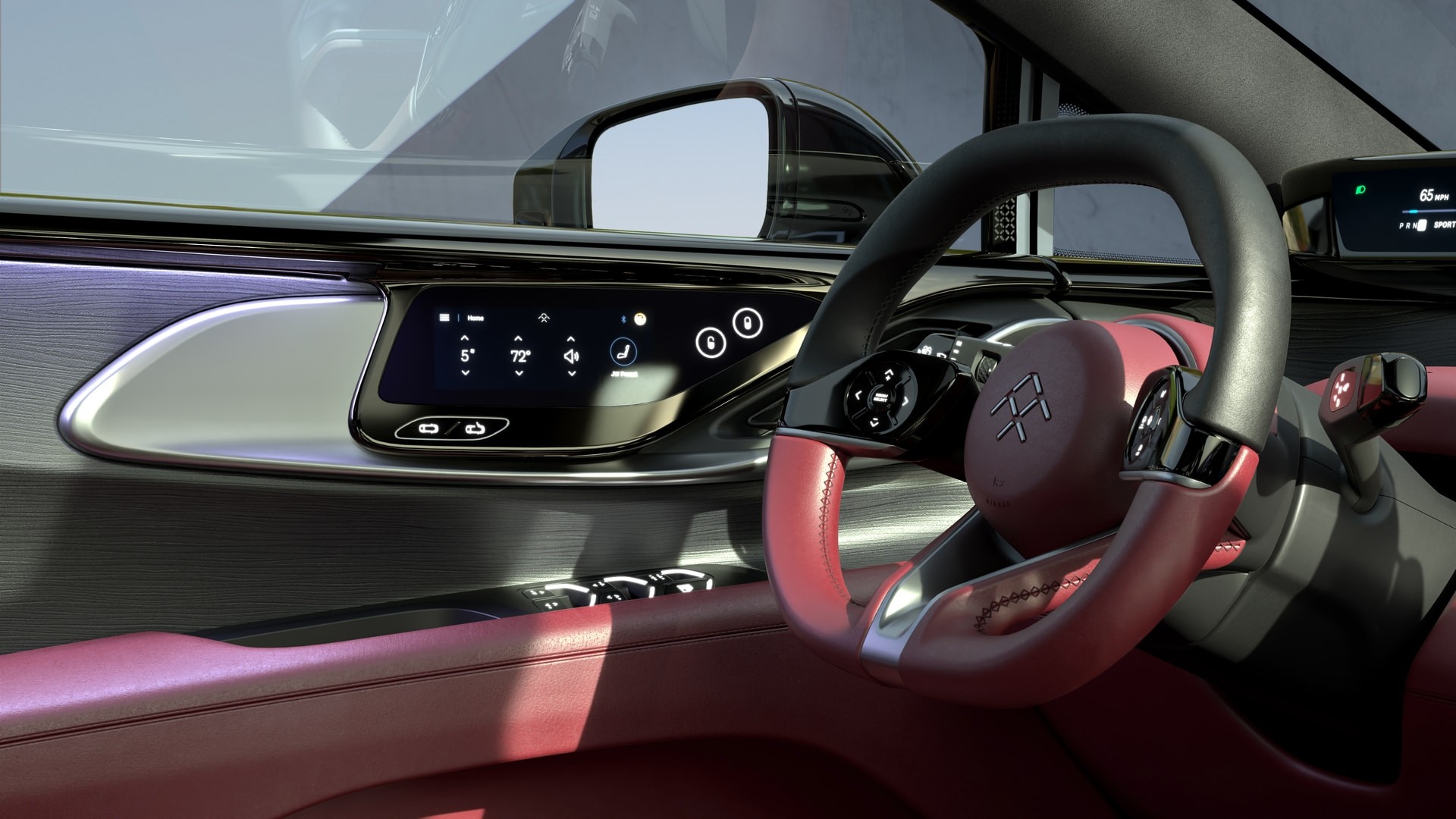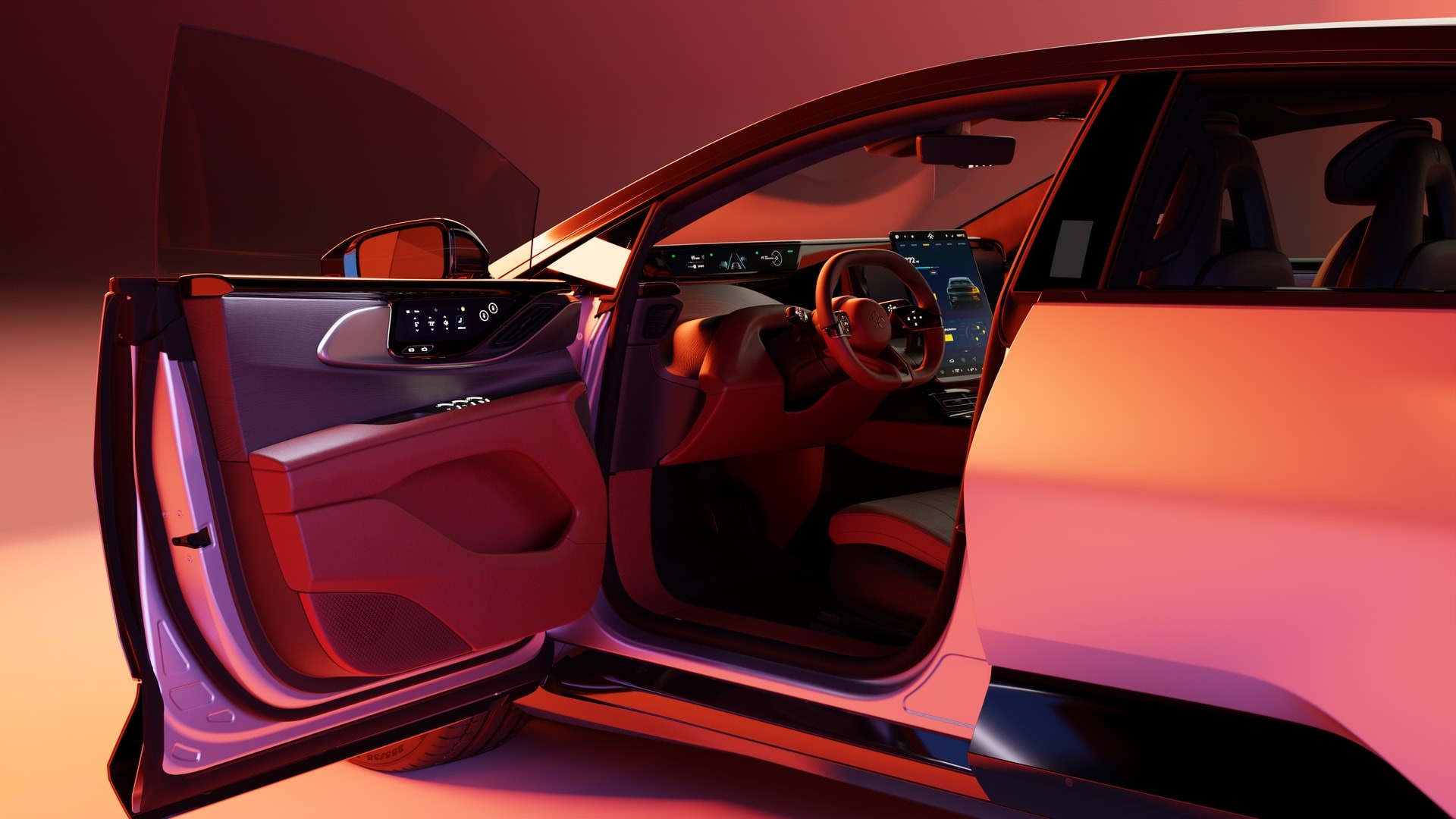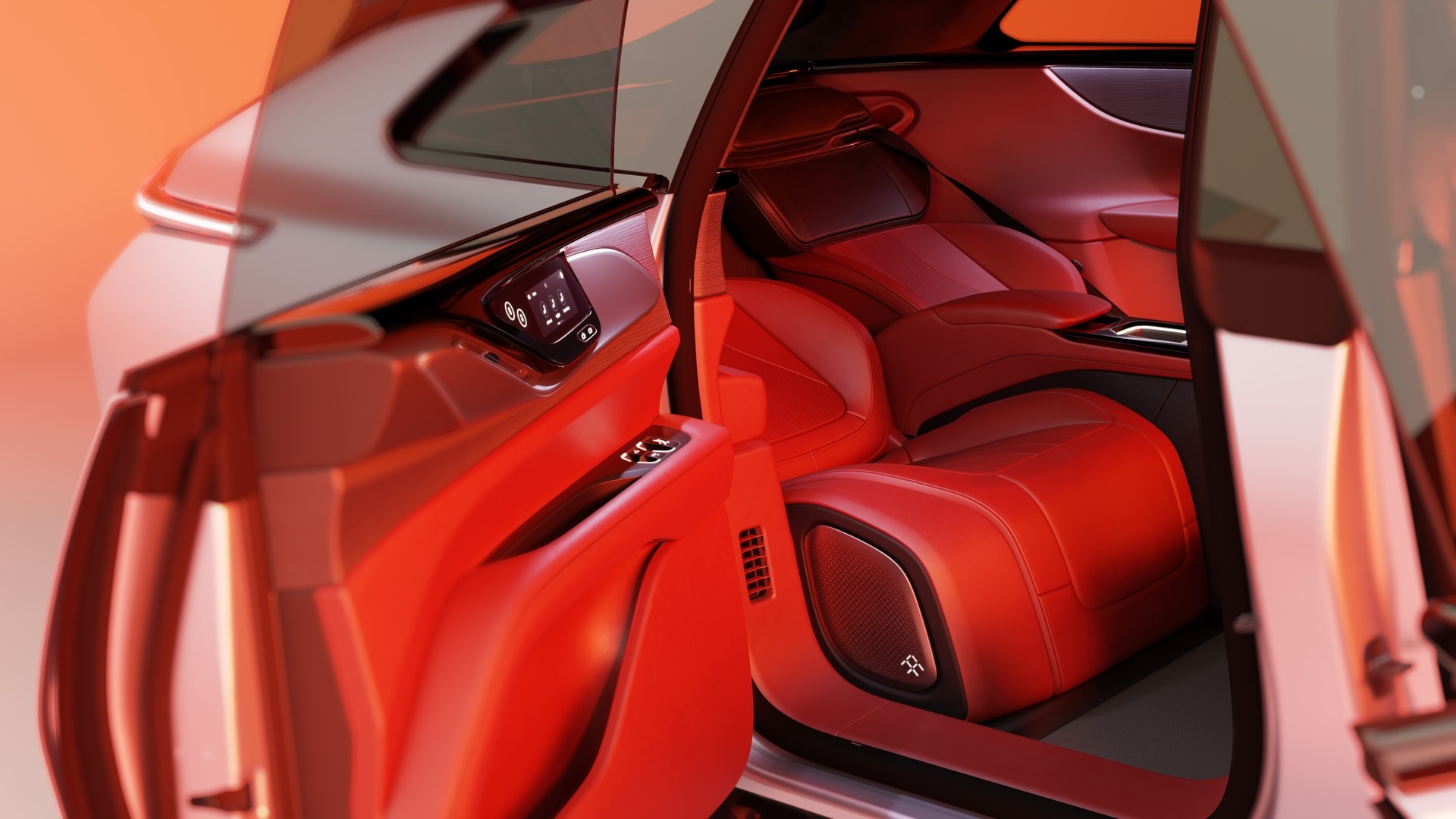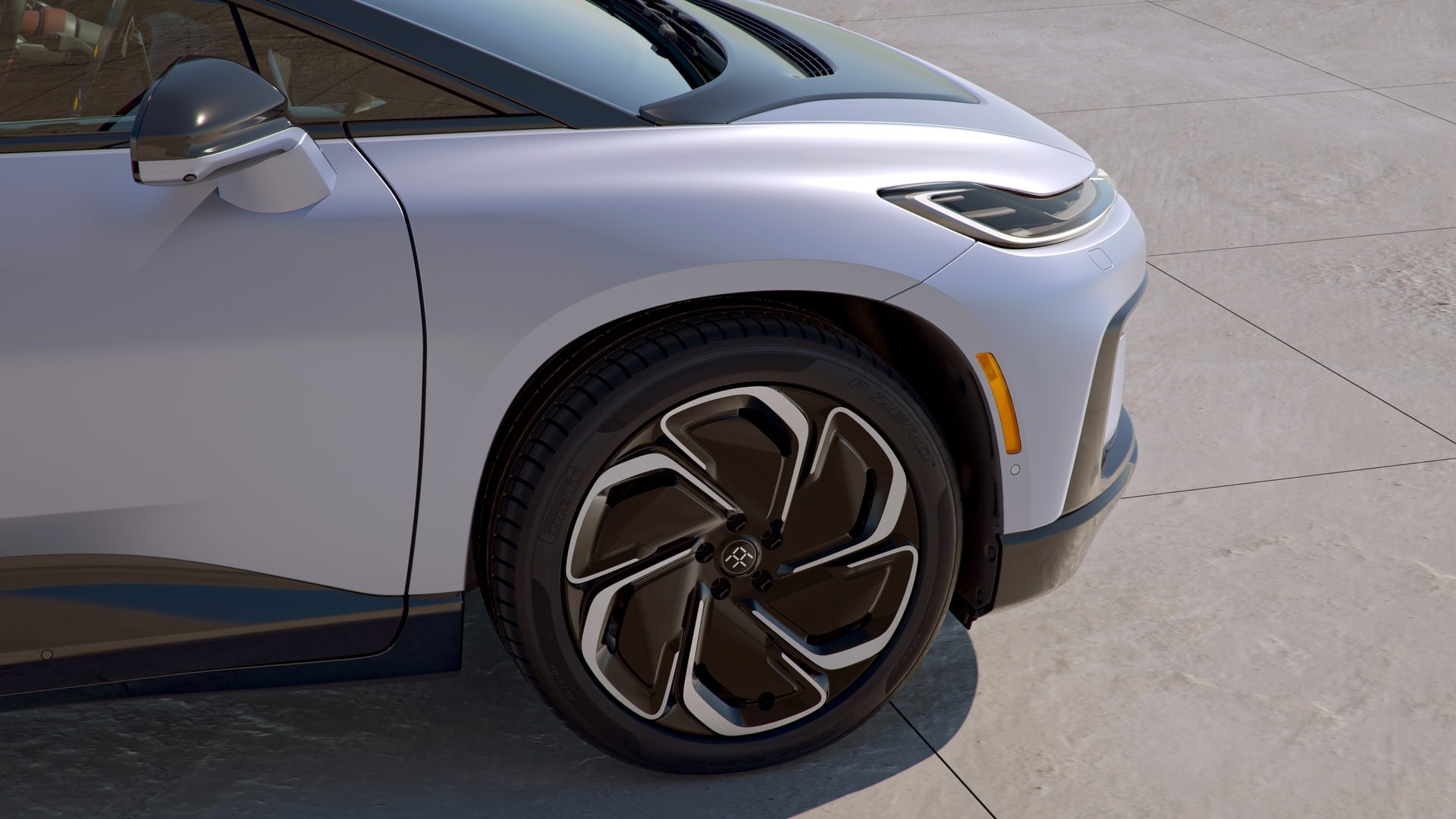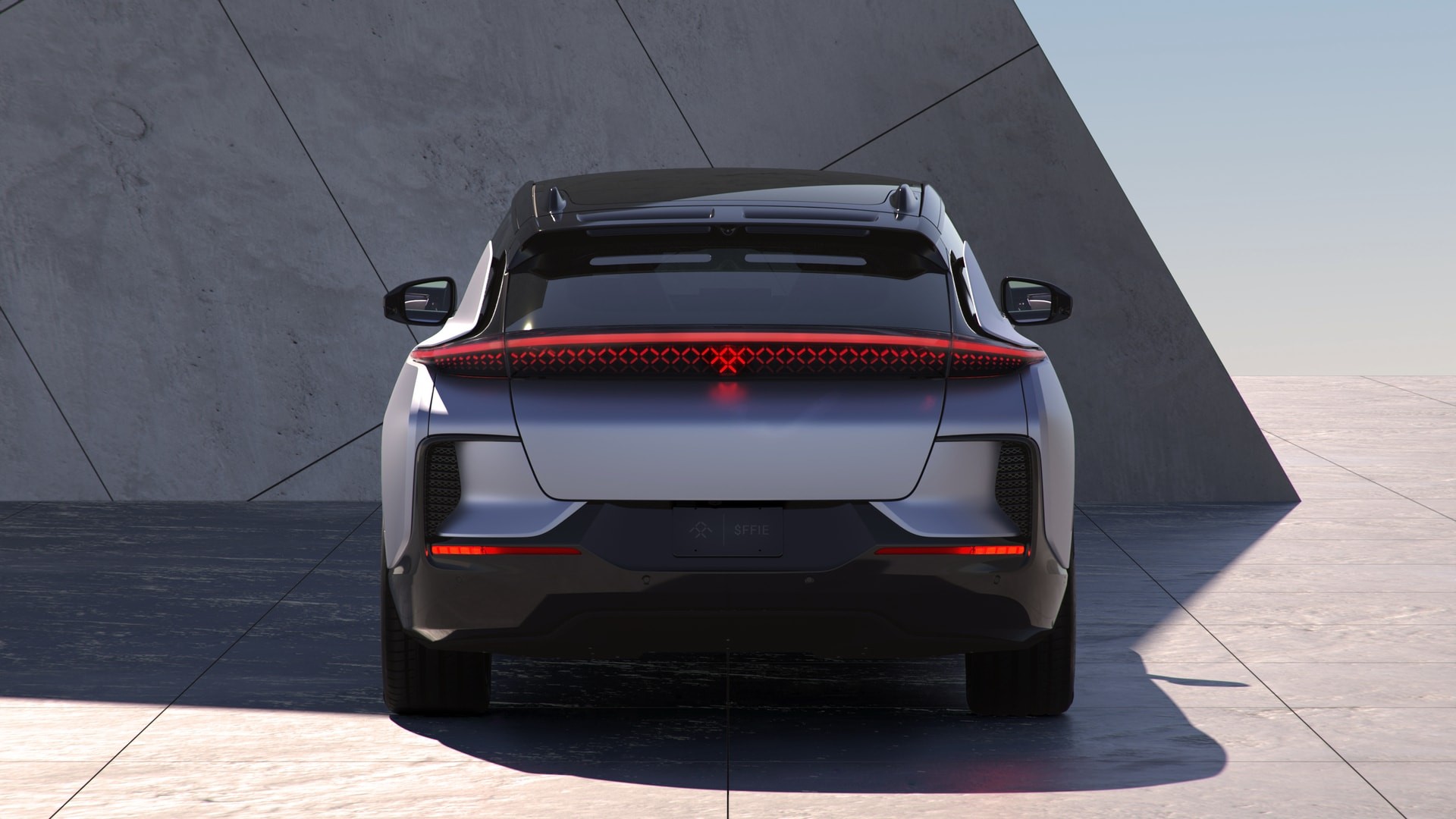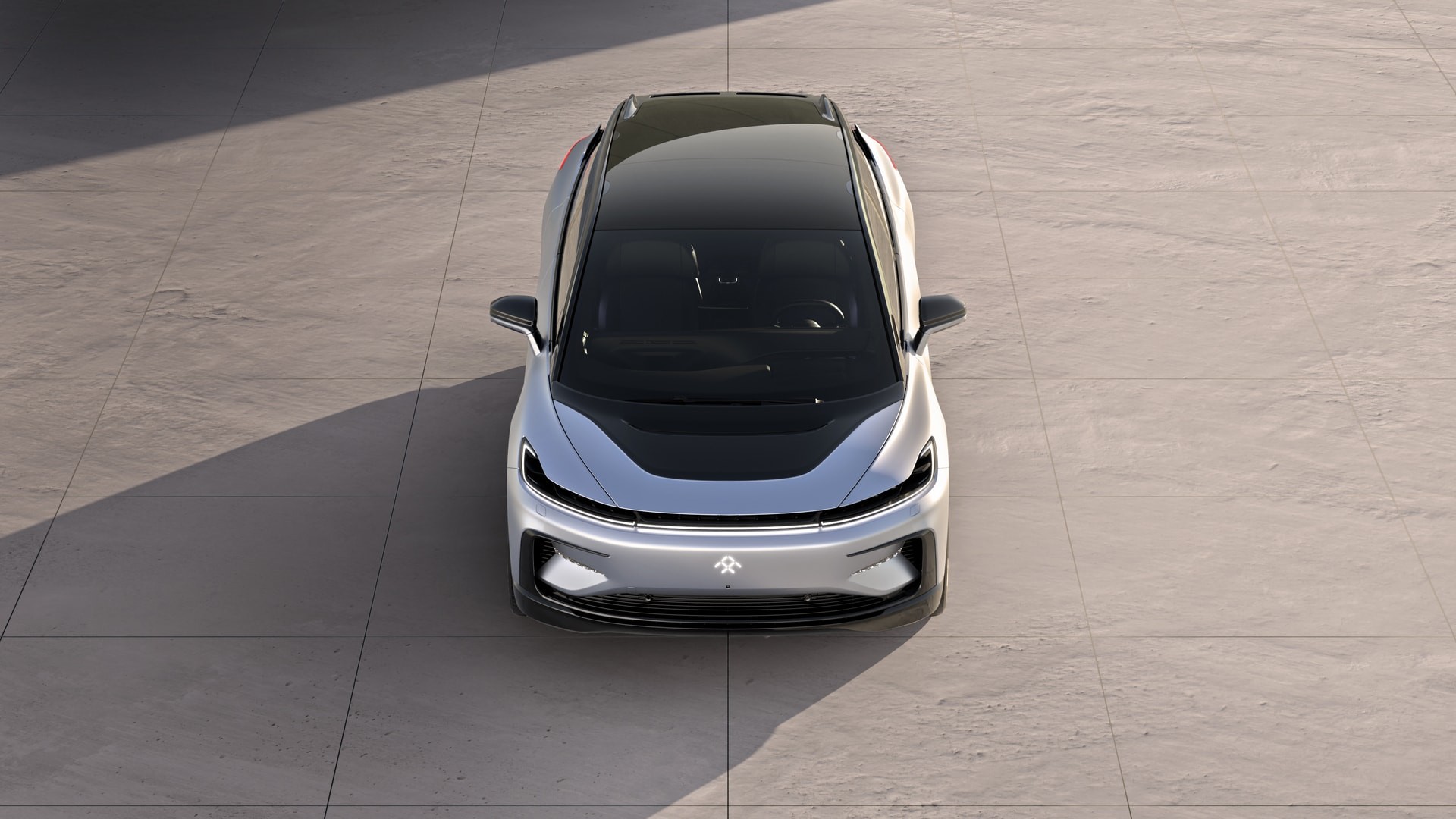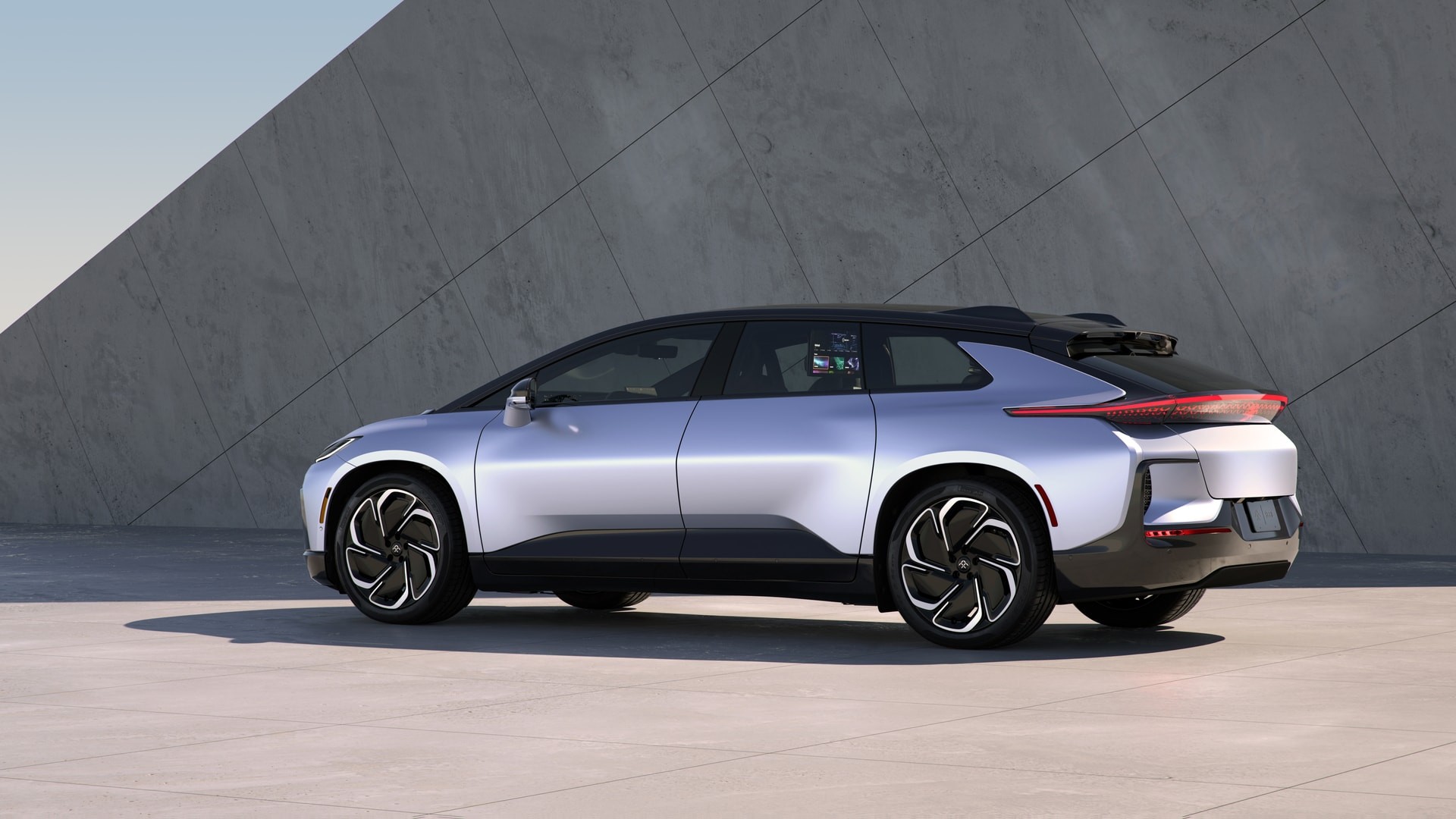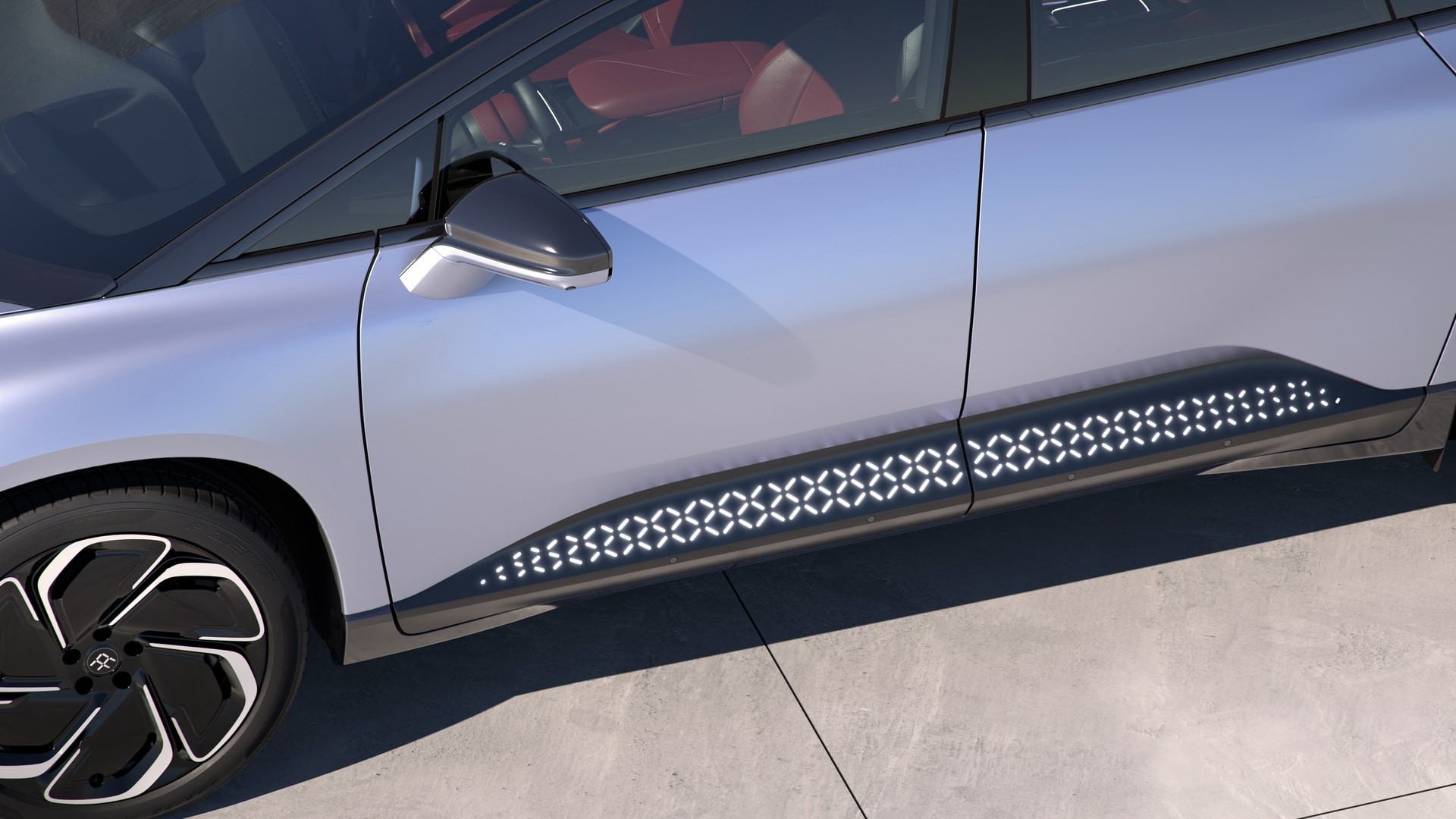The EV boom can sometimes feel a little similar to the dotcom bubble of the late 1990s. We’re constantly being told about exciting new entrants to to the market, and investors seem happy to pile on on those companies before they’ve made so much as a single production-ready car.
So who’s going to be Amazon.com and weather the storm, get its product to the street, and go on to enjoy a long and profitable career, and who’s going to be Pets.com, which swallowed up a ton of investor capital, went public on the NASDAQ and was dead nine months later?
The EV startups that look like they might actually make good on their tech-laden promises include Rivian and Lucid. But others, like Lordstown Motors, have faced choppier waters on the path to production, with analysts claiming it faked order numbers and lacks the cash to finish the job. And only last week we reported how a Chinese court had begun bankruptcy proceedings against Byton.
Where does Faraday Future sit in this landscape? A recent report by Automotive News investigated the prospects of a company that was launched to much fanfare in 2014, but looked at multiple points as if it was about to implode before being rescued by both investments, and the guidance of a German engineer and former BMW executive who headed up the i8 hybrid sports car program in a past life (and, ironically, co-founded Byton).
Related: Ford CEO Tells Employees The Automaker “Can’t Ignore” Challenges From Tesla Anymore
Under the leadership of Carston Breitfeld, Faraday Future appeared to be back on track. A merger with a blank-check company resulted in it being listed on the stock market in July of this year and giving FF $1 billion to finally get its first car to production at its Hanford, California, plant. That was meant to happen in 2019, but Breitfeld claims the first finished cars now won’t be ready until summer 2022.
The car in question is the FF 91, a luxury EV crossover with three electric motors, a crazy 1050-hp output and a claimed 0-60 mph time of 2.39 seconds. Also pretty crazy is the estimated $180,000 price, which makes it more expensive than either a launch-edition Lucid Air sedan ($169,000) or a Tesla Model X Plaid ($120,000). The Lucid’s 2.8-second 0-60 mph time isn’t quite as hot, but its 520-mile EPA rating makes the FF 91’s 300-mile estimate look way off the pace. And the Model X also betters the FF’s range while beating it from the lights, making you wonder whether, for all its slick interior screens, the FF 91 might not seem that special at all when it finally arrives in summer 2022.
Challenges Ahead
And that’s if it arrives. Only last month J Capital Research called Faraday Future an “EV scam,” even going so far as to claim that in FF’s case, EV stood for “embezzlement vehicle.” In an astonishing diatribe, the report author suggested that Faraday was “nothing but a bucket to collect money from U.S. investors and pout it into the black hole of debt created by its founder, China’s best-known securities fraudster, Jia Yueting.”
The author noted that the company lacks the staff numbers to start production and even claimed that Faraday had faked reservations, like Lordstown Motors. She concluded by asserting her belief that Faraday Future will never sell a car.
Faraday, meanwhile, claims it is recruiting new workers, has recently appointed new senior executives, including a vice-president of manufacturing, and is working with Myoung Shin, a leading contract manufacturing partner in South Korea in preparation for future models which will include the more affordable FF 81. Earlier this year Geely and Foxconn were reported to be in talks to provide contract manufacturing services to the electric automaker.
How do you rate Faraday’s chances of hitting its July 2022 production target, and will anyone even want to buy one if it does? Leave a comment and let us know.
H/T to Automotive News




